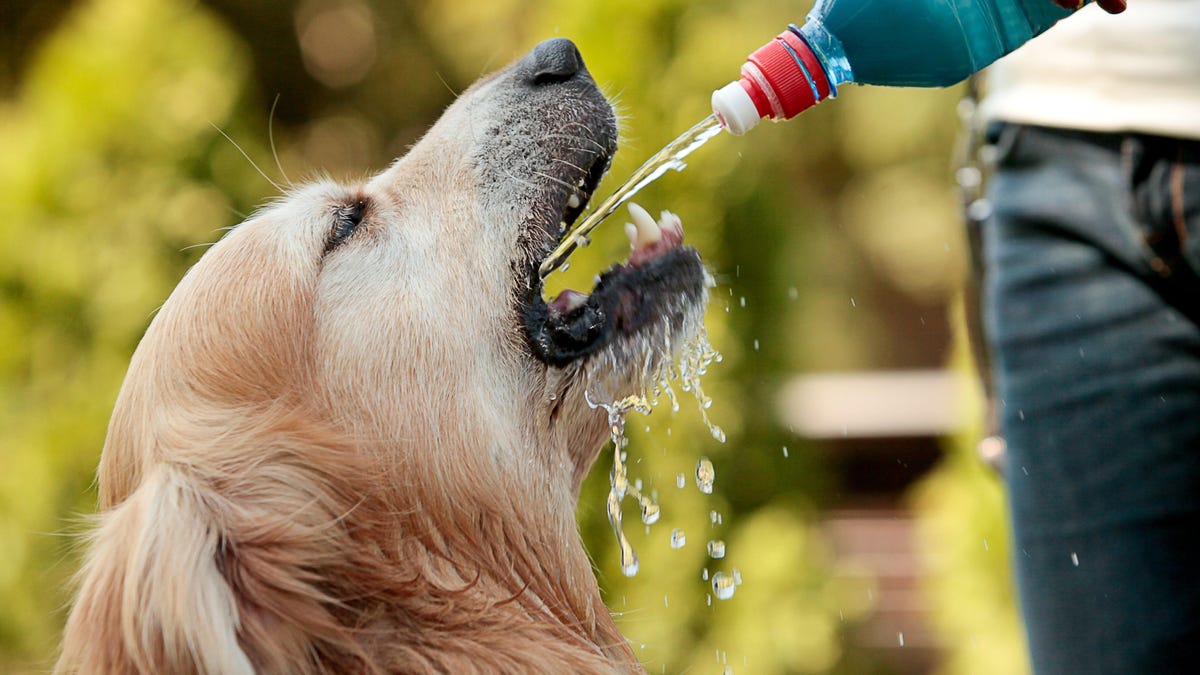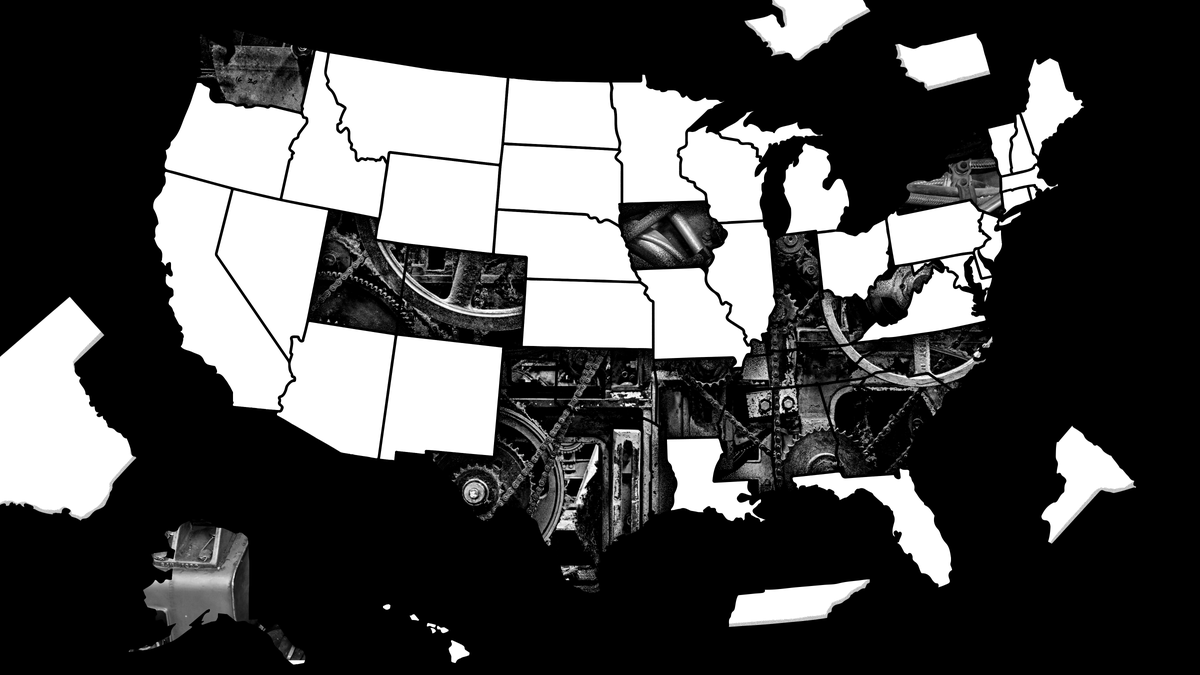Yes, Your Dog Can Drink Too Much Water (and How to Tell)
Like humans, dogs can get overheated in warm or hot weather. But unlike us, they can’t use words to tell us when they need a break or some water on a sweltering day. They do send us signals, though—like...


Photo: Sasa Dzambic Photography (Shutterstock)
Like humans, dogs can get overheated in warm or hot weather. But unlike us, they can’t use words to tell us when they need a break or some water on a sweltering day. They do send us signals, though—like panting, seeking out (and sitting in) the shade, and plopping themselves down (wherever they feel like it) and refusing to walk any farther. And if we, as their humans, ignore them, our pups can overheat, or even get heatstroke.
A big part of keeping dogs safe in hot weather is making sure they’re drinking enough water. And while your pooch may be more than happy to come in from the backyard and chug all the water in their bowl and then let you know that they want more, it’s important to keep in mind that dogs can also drink too much water and become overhydrated. Here’s what to know.
What happens when a dog drinks too much water
Overhydration—a rare, but dangerous condition formally known as “hyponatremia,” but commonly referred to as “water intoxication” or “water poisoning”—occurs when a dog drinks a large amount of water in a short period of time.
It tends to happen most frequently when dogs have access to a source of water other than their usual bowl—like if they’re playing in a stream or lake, walking near a pitch, or frolicking in the sprinkler for hours at a time.
Like humans, when dogs drink too much water, it throws their electrolyte levels off balance and depletes their sodium levels to the point where it can become dangerous.
The symptoms of overhydration in dogs
While water intoxication is rare, it can be fatal in dogs, so it’s important to be familiar with the signs and symptoms so you can take action right away, if necessary.
The most common symptoms include:
Loss of coordinationLethargyBloatingNausea and vomitingDroolingDilated pupilsGlazed eyesPale gums Excessive salivation.More severe cases may also involve the dog:
Having difficulty breathingCollapsing Losing consciousnessHaving seizuresAgain, everything happens pretty quickly: Comas and death can take place in a matter of a few hours or even less, so if your dog is showing any of the symptoms above, it’s best to get them to their vet right away.
Provide the vet with as much information as possible, like how much water your dog might have drank (if you know), whether they were playing in the water (and for roughly how long), and where the water came from (e.g. the tap, a stream, a ditch, etc.).
How much water should dogs be drinking in hot weather?
The amount of water your dog needs to drink on a hot day (or any day, really), depends on a number of factors, including their size, age, activity level, diet, and how much time they’re spending outdoors in the heat and humidity, as opposed to inside an air conditioned home.
The general rule is that dogs should drink approximately one ounce of water (1/8 of a cup) per pound of body weight each day. Expect them to drink more on hot days, and during/after they’ve exercised. You can also use a water intake calculator, like this one, to do the math for you.
Unfortunately, because water intoxication happens most often when dogs are playing in the water and taking it in unintentionally (like when playing catch or swimming, as opposed to deliberately drinking it), all those mouthfuls can add up quickly, making it hard to gauge their actual intake.

 FrankLin
FrankLin 






























